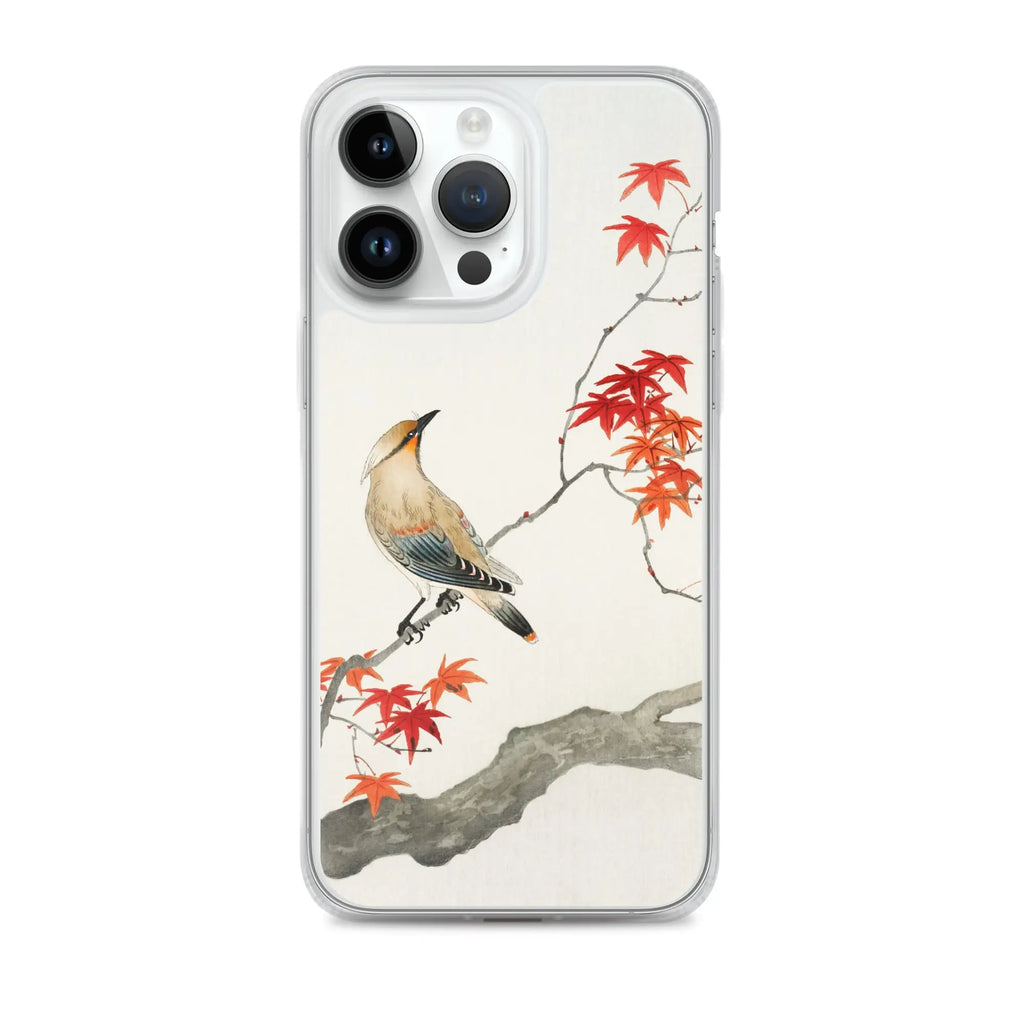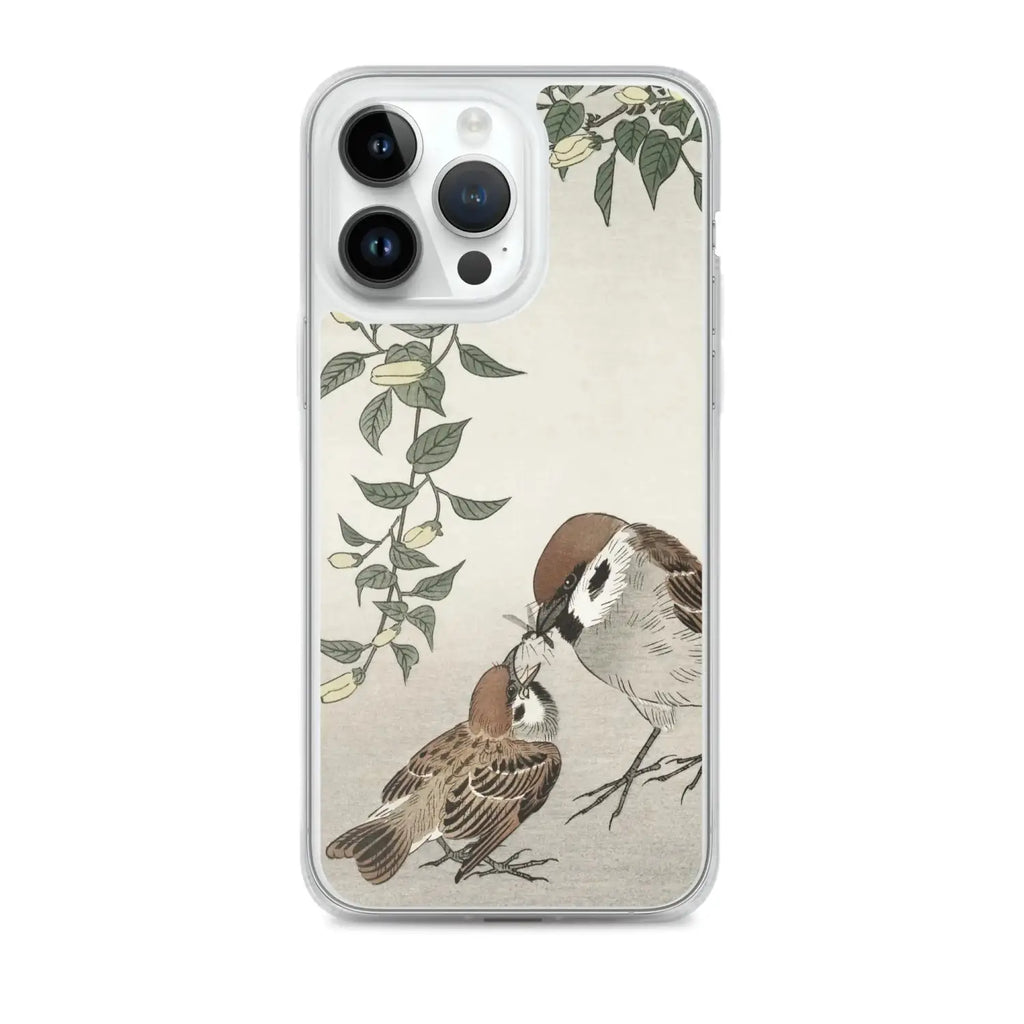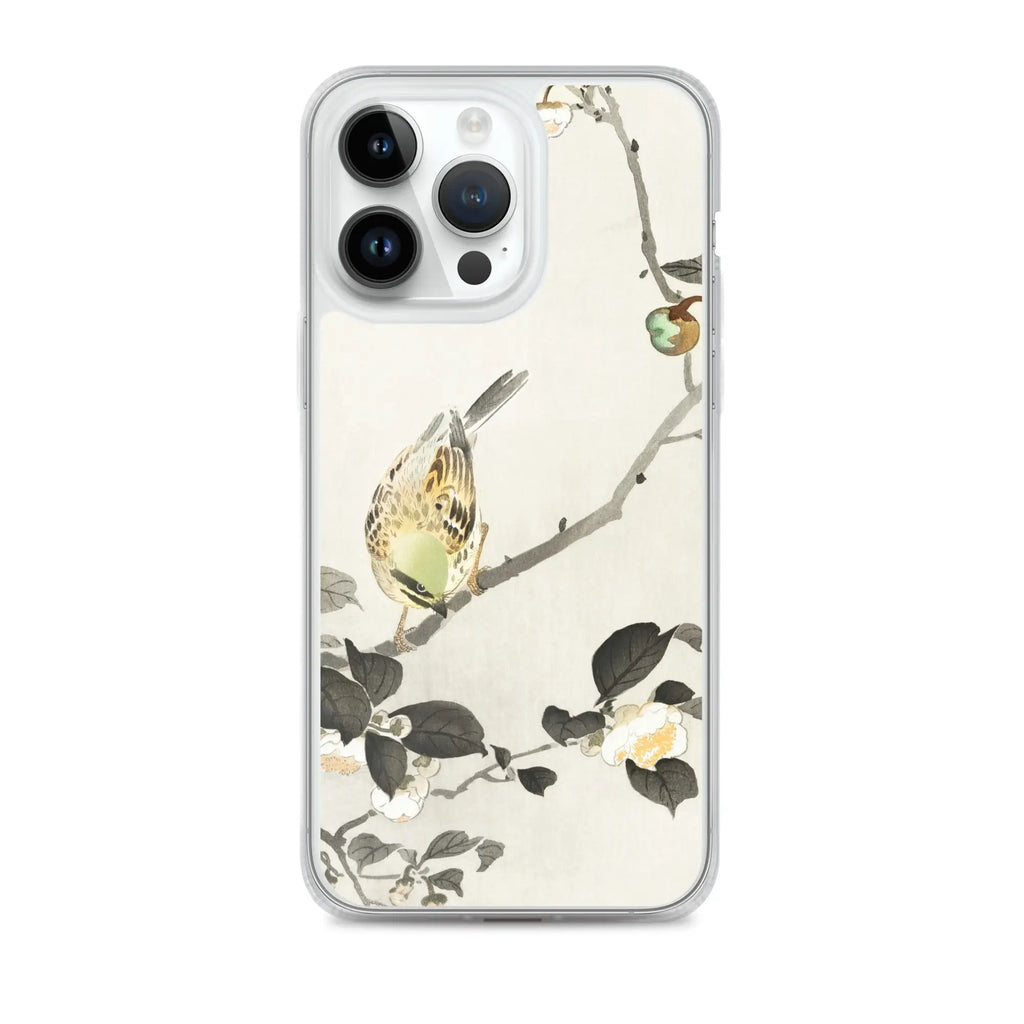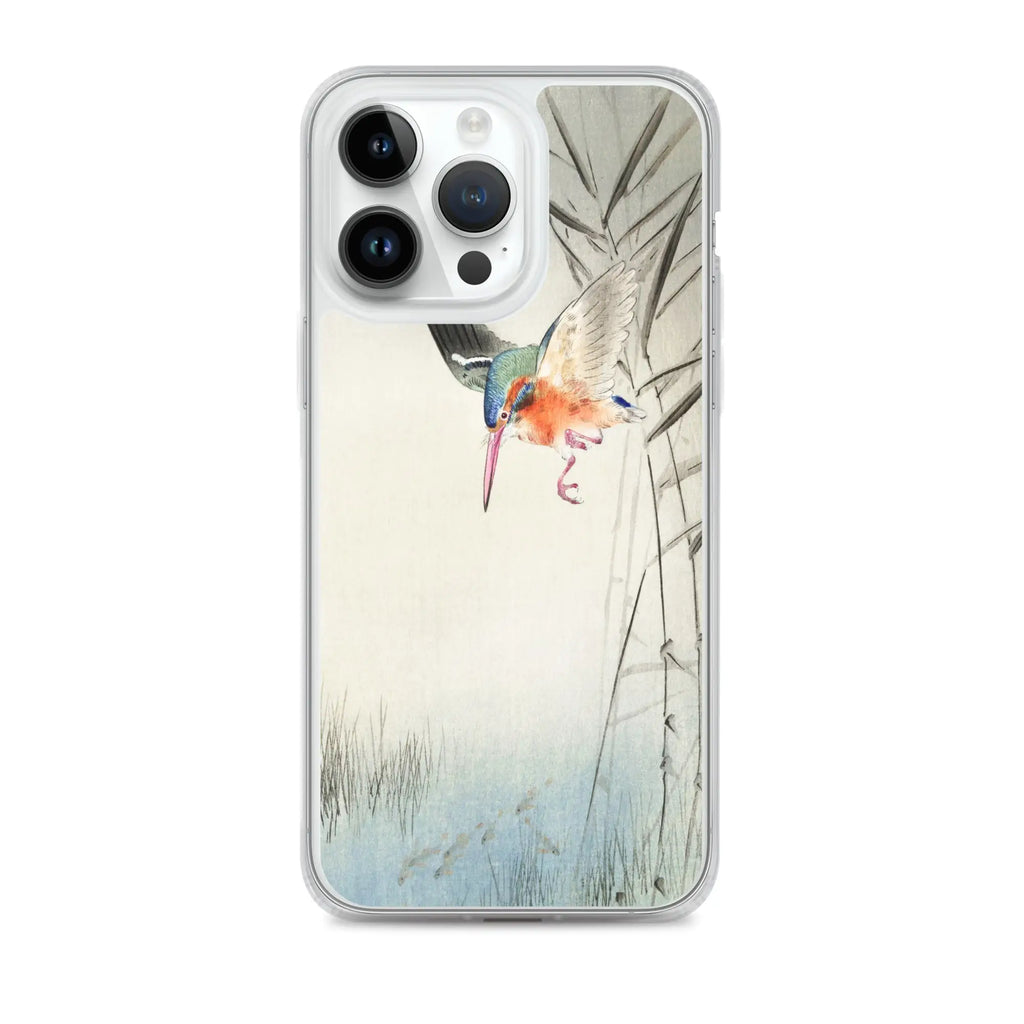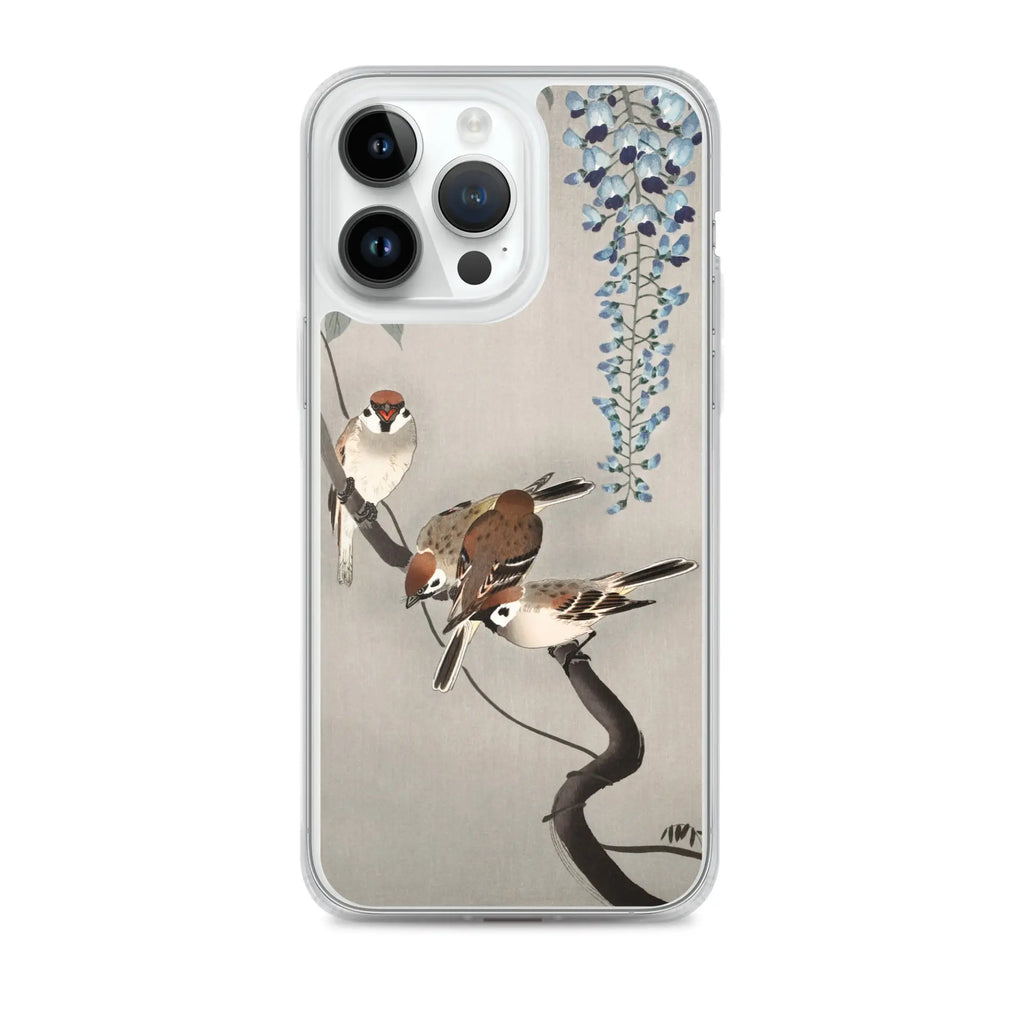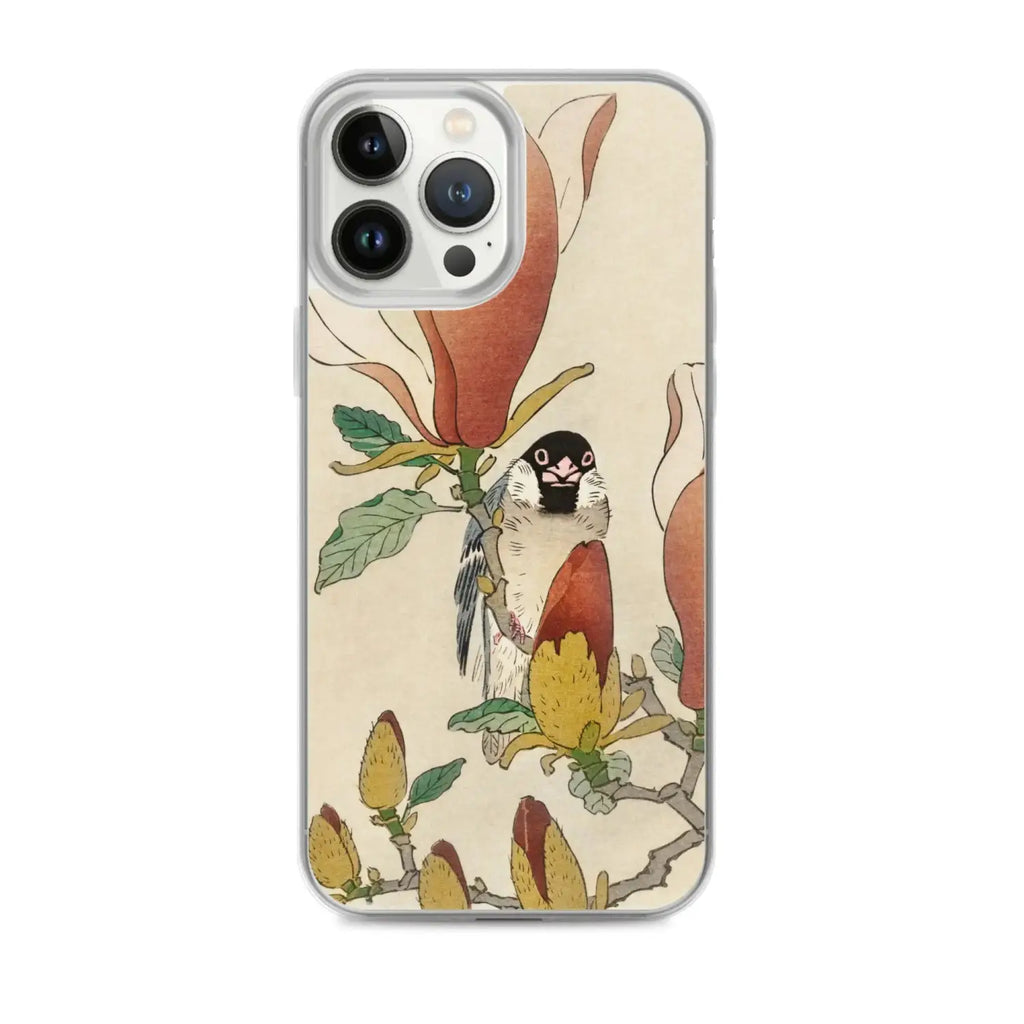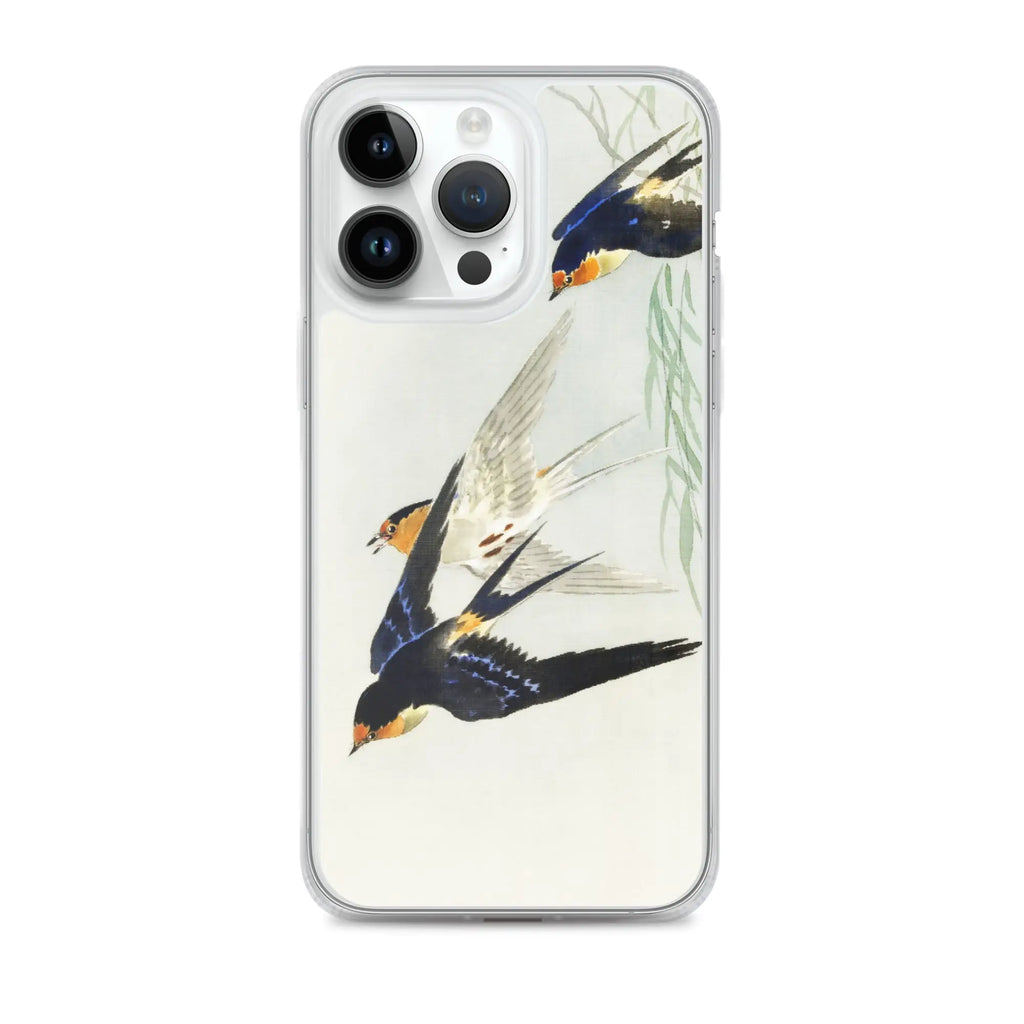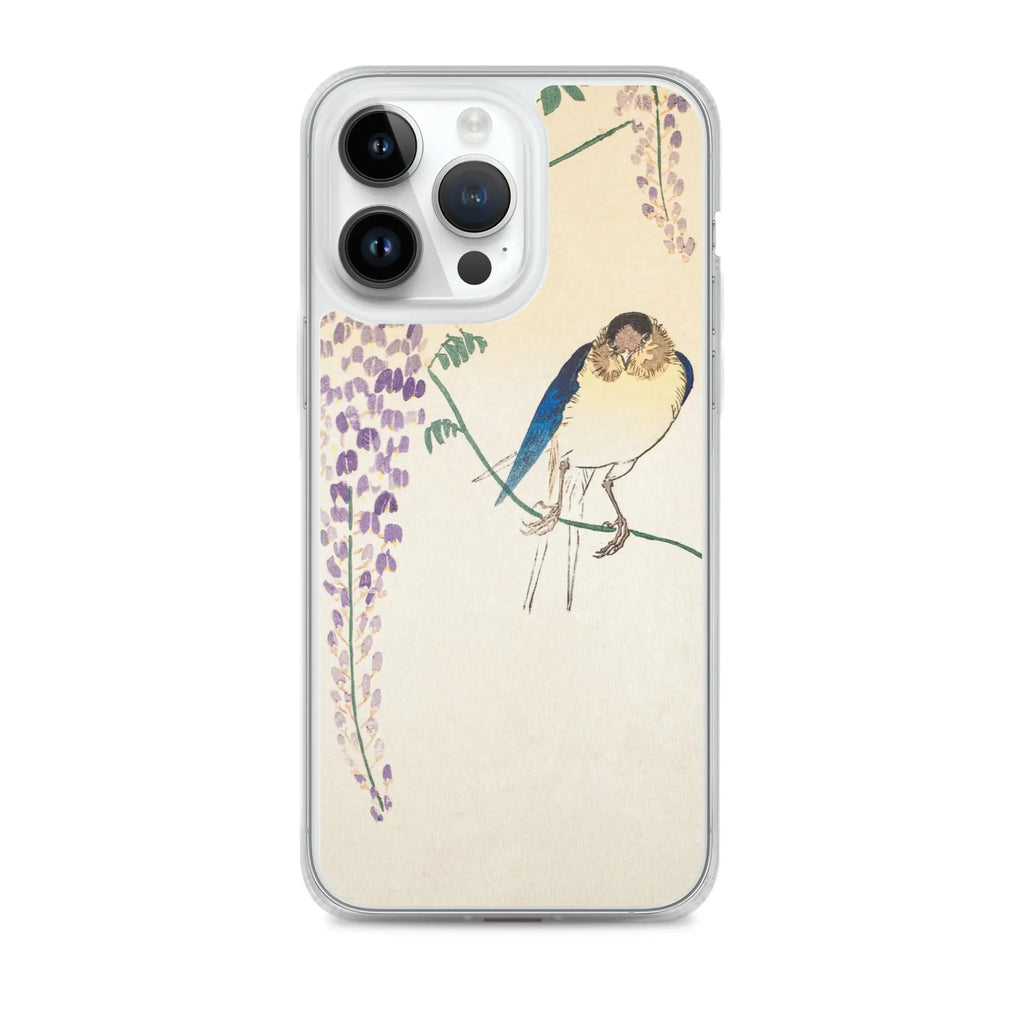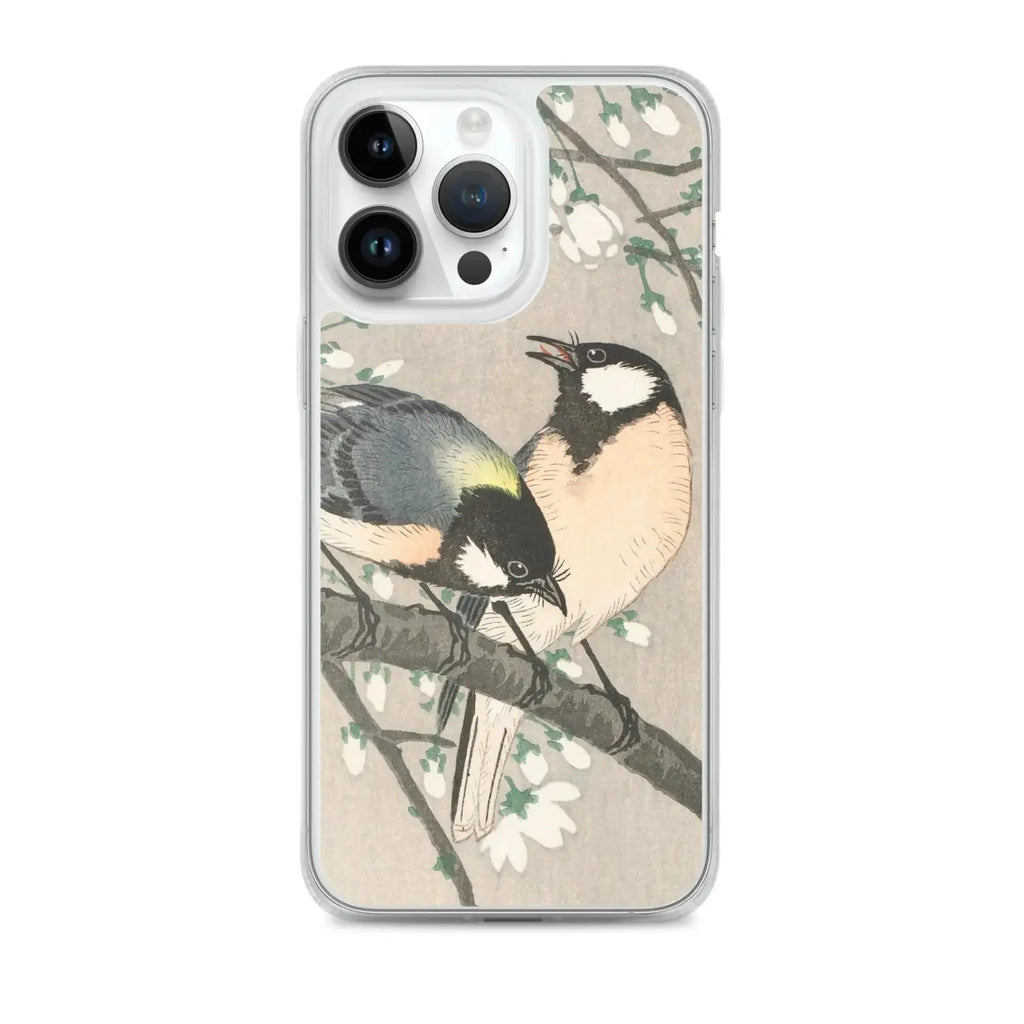Ohara Kosonの魅惑的な日本の鳥類の電話ケース
日本のウッドブロックアートプリントxスマートフォンアクセサリー
バードウォッチングは、何世紀にもわたって世界中の人々が楽しんできた人気のある娯楽です。特に、日本には、鳥を芸術と文化に取り入れるという豊かな歴史があります。際立っているアーティストの1つは、1900年代初期のシンハンガ運動に大きく貢献したオハラコソンです。
Shin Hangaは「新しいプリント」を意味し、伝統的な木版画テクニックを使用することを特徴としていますが、現代的なひねりを加えています。 日本の木ブロック Ukiyo-Eとしても知られる印刷は、そのユニークな外観と伝統的なルーツのために、近年ますます人気が高まっています。
日本のバードアート電話ケースは、この文化を日常生活に組み込む新しい傾向になっています。たとえば、Tobyleonには、に触発されたさまざまな電話ケースがあります オハラコソンズ 伝統的な日本の芸術と現代のテクノロジーを組み合わせたアートワーク。このリストクルでは、最高の日本の鳥をレビューします Ohara Kosonと説明に触発されたアート電話ケース 彼らが顧客に利益をもたらす方法。
1.
Ohara Koson iPhoneケースによるメープルの日本の鳥
これ オハラコソンによるメープルの日本の鳥 電話ケースは、緑と黄色の印象的な色合いで色付けされたメープルの枝に腰掛けた鳥のエレガントなイラストを特徴としています。アートワークは、現代のひねりを加えながら、伝統的な日本のアートスタイルを連想させます。携帯電話ケースは耐久性のあるプラスチックで作られており、スリムなデザインがあり、ポケットにぴったりと握りやすくなります。
この電話ケースの主な利点は、その美的魅力です。鳥愛好家や日本の芸術に興味のある人にも最適です。詳細なアートワークは複雑で視覚的に素晴らしいものであり、素晴らしい会話のスターターになります。さらに、電話ケースは機能的であり、日常の摩耗や裂け目から携帯電話を保護しようとしている人に最適です。
2.
Ohara Koson iPhoneケースによる鳥の給餌
これ Ohara Kosonによる鳥の餌 電話ケースには、母鳥が赤ちゃんに餌を与え、平和で穏やかな雰囲気を作り出すイラストが特徴です。ミュートされたカラーパレットは心を落ち着かせる効果を生み出し、平和な電話ケースを探している人に最適です。メープルの携帯電話ケースの日本の鳥と同様に、この製品は、スリムなプロファイルの耐久性のあるプラスチックで作られています。
この電話ケースの主な利点は、平和と静けさを呼び起こす静かなデザインです。人生でシンプルなものを楽しんでいて、デバイスにそれを反映したい人に最適です。その微妙な外観にもかかわらず、この電話ケースはまだ人目を引くものであり、他の人の注意をつかむことを確実につかむことができます。
3.
Ohara Koson iPhoneケースによる枝の日本の鳥
これ Ohara Kosonによる枝の日本の鳥 電話ケースは、枝に腰掛けた鳥の精巧なイラストを誇っています。鮮やかな色と画像の詳細は、中央のステージを取り、視聴者の目をキャプチャします。電話ケースは、保護を強化するためにTPUライナーを備えた硬質プラスチック外側シェルから作られています。スリムなデザインにより、実用的でスタイリッシュになります。
この電話ケースの主な利点は、その印象的な画像です。華やかなデザインは、伝統的な日本の芸術から引き出され、自然の美しさの本質を例示しています。さらに、電話ケース自体は、外観を損なうことなく、デバイスに追加の保護を提供します。
4.
Ohara Koson iPhoneケースによるKingfisher Hunting
これ オハラコソンによるキングフィッシャーハンティング 電話ケースは、その栄光の中でハンティングキングフィッシャーを表しています。カラフルなデザインは大胆で刺激的で、エネルギーとダイナミズムの感覚を作り出します。電話ケースはまた、高品質の材料から作られており、携帯電話に最適な保護を提供します。
この電話ケースの主な利点は、カワセミの表現の強さにあります。どこへ行っても、強さと力のシンボルを運ぶことができます。このデザインは本当に刺激的で、自信を高める必要がある人に最適です。
5.
Ohara Koson iPhoneケースによるWisteriaでのスズメ
これ Ohara KosonによるWisteriaのスズメ 電話ケースには、ウィステリアの枝に腰掛けたリングスズメの画像が特徴です。電話ケースの明るいピンクの色合いはすぐに目を引き、暖かさと静けさを生み出します。電話ケースは堅牢な材料で作られており、スリムなドロップに耐性のあるデザインがあります。
この携帯電話ケースの主な利点は、喜びと積極性の感覚を刺激する陽気なカラーパレットです。詳細なイラストは、クラシックに感謝する人に最適です 日本の芸術 スタイル。心地よい美学と機能の組み合わせにより、携帯電話の所有者にとって優れた選択肢になります。
6.
Ohara Koson iPhoneケースによるブルーミングマグノリアブランチのスズメ
これ Ohara Kosonによるブルーミングマグノリア支店のスズメ 電話ケースは、咲くマグノリアの枝にあるスズメの画像を紹介します。デザインは、穏やかでリラックスした雰囲気を作り出す柔らかいパステルカラーを利用しています。ケース自体はプレミアム素材で作成されており、デバイスの周りに完全にフィットします。
この電話ケースの主な利点は、静かな熟考の感覚を呼び起こす平和なデザインです。電話ケースの繊細なアートワークは、携帯電話の機能とシームレスに融合し、スタイルと保護の両方を提供します。
7.
Ohara Koson iPhoneケースによるフルフライトの3羽の鳥
これ Ohara Kosonによる3羽の鳥 電話ケースは、鮮やかで活気のある色で描かれたフルフライトで3羽の鳥を表示します。このデザインは、動的なインスピレーションを求めている人に最適な動きとエネルギーの感覚を生み出します。電話ケースのスリムなデザインは、日常の使用に最適で、ワイヤレス充電と互換性があります。
この電話ケースの主な利点は、移動中の鳥の描写にあり、決意と目的の感覚を植え付けます。輝かしいデザインは、通行人の目を描きながら、偶然のダメージから携帯電話を保護します。
8.
Ohara Koson iPhoneケースによるウィステリアとツバメ
これ Ohara Kosonによるウィステリアとツバメ 電話ケースは、甘美なウィステリアの枝の上に滑空するツバメを描いています。電話ケースはパステルの色合いを使用して、平和でなだめるような環境を作り出します。スリムなデザインは、携帯電話と完璧に統合され、デバイスのあらゆる輪郭を抱きしめます。
この電話ケースの主な利点は、優雅さと実用性の魅力的なブレンドです。電話ケースの見事なアートワークは、日本の性質の美しさを捉えていますが、その正確なカットアウトは毎日の使用に最適な機能を提供します。
9.
Ohara Koson iPhoneケースによるチェリーブランチのおっぱい
これ Ohara Kosonによるチェリーブランチのおっぱい 電話ケースは、桜の枝に座っているカラフルなおっぱいを描いており、純粋さと無邪気さを伝えています。電話ケースのハードTPU素材は、傷、ほこり、衝撃に対する優れた保護を提供します。そのスリムなデザインにより、ボタンやポートに簡単にアクセスできます。
この電話ケースの主な利点は、その繊細なデザインと手頃な価格ポイントです。絶妙なアートワークは、日本の芸術と文化の本質を具体化し、家族や親しい友人に最適な贈り物にします。
...

